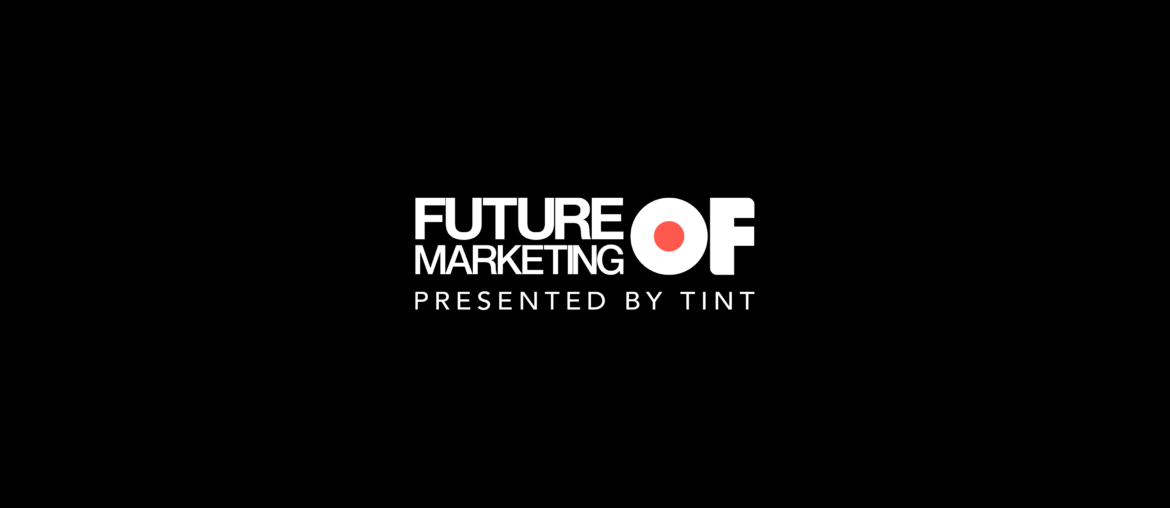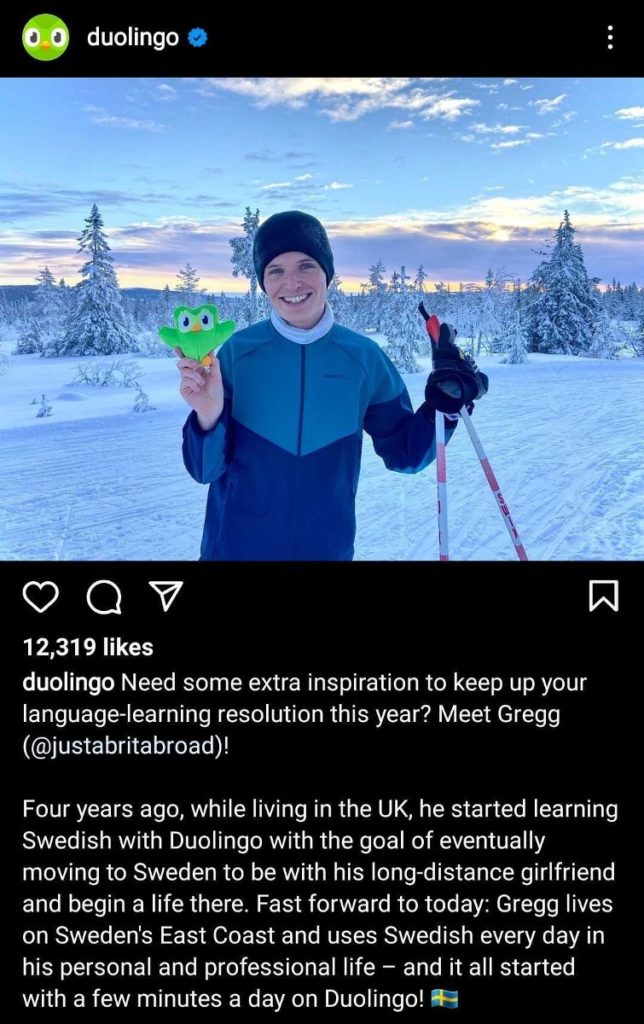Welcome to Future of Marketing.
Each week, we send you the most relevant trends, resources, and strategies in social and user-generated content (UGC) from leading marketers and brands around the globe.
Today, we’re discussing…
- How engagement impacts ROI
- The benefits of user-generated content
- #BrandCrush: Duolingo 💘
How engagement impacts ROI
What would you rather have – 10,000 disengaged followers or 5,000 engaged followers?
Having an engaged audience is extremely powerful because it impacts return on investment (ROI) and shows that people care about your brand. According to TINT’s State of User-Generated Content 2022 report, engagement remains the top priority for marketing teams for the second year in a row – but it’s becoming harder to achieve due to lean budgets, limited resources, fast-changing platforms, and the need to meet challenging metrics.
The statistics:
- 52.2% of marketers said budget is their top challenge when it comes to creating content
- Only 14.80% of marketers have lead generation as most important in their role
- 5.60% of marketers have something other than engagement, ROI, followers/subscribers, or leads as their main KPI
Take Action: Demonstrating ROI can help persuade leadership teams to increase the budgets needed to produce (and distribute) high-quality content that generates engagement – but that’s easier said than done.
Marketing leaders need to align teams with their goals and transparently share what it takes to see ROI from campaigns and long-term content strategies. Then, use engagement to measure the success of their marketing efforts (and optimize as needed).
The benefits of user-generated content
From marketers vying for more engagement and ROI to not having enough team power to publish at a high frequency, user-generated content (UGC) will continue to be a key marketing strategy this year. Incorporating user-generated content in your strategies is also a great move because:
- It helps fill in gaps in content calendars
- It shows higher engagement and conversion rates than brand-created content
- It helps brands and potential buyers keep tabs on how customers feel about their products
For example, brands like SUNY Potsdam and Oceania Cruises are using UGC across their marketing channels to connect with their audience, boost engagement, and alleviate the challenges that come with content production. Check out this photo contest from Oceania Cruises:
As more people create content than ever before, brands have a unique opportunity to leverage UGC to maximize the impact of their marketing efforts. In fact, 60% of consumers want brands to tell them what type of content they want them to create, so why not tell your fans what you want to see? Better yet… show them.
TIP: Teach your audience what you want to see from them by re-sharing relevant content on your feed. Bonus points if you create a specific hashtag to collect and organize UGC as it comes in. Example: “Show us your outfits by tagging @ClothierName or #ClothierName” or “Share photos from your hotel stay by tagging @HotelName or #HotelName.”
What we’re learning
- State of User-Generated Content (UGC) 2022 report
- 5 Consumer Trends Shaping UGC in 2022
- 7 Marketing Themes to Watch this year
- Edelman Trust Barometer 2022
- 7 Inspirational Social Media Campaigns (Free Template to Plan Your Own)
#BrandCrush: Duolingo 💘
Each week in #BrandCrush, we highlight exceptional brands that are channeling their customers' voices to connect more authentically with their audience.
From social media to email marketing and in-platform experiences, Duolingo is doing a fantastic job at engaging their audience across multiple channels.
The company, which amassed over 2.4 million and 500k followers on TikTok and Instagram, respectively, has “leaned into the joke that its owl mascot, Duo, can heavily ‘guilt-trip’ users into finishing their lessons – causing the legal team to intervene” and their lawyer, “Legal Steve,” to join social media. (This is a perfect example of how brands are turning employees into internal influencers).
On Duolingo’s Instagram, you’ll also see a strong mix of brand- and user-generated content – where the company shares stories that users submitted about their language-learning experiences via the Duolingo app.
You see, instead of creating all of their content from scratch, Duolingo amplifies the voice of their users and team by re-sharing their content – and this pushes people to engage and create more content about their brand. Spoiler: These tactics can apply to just about any industry or brand.


